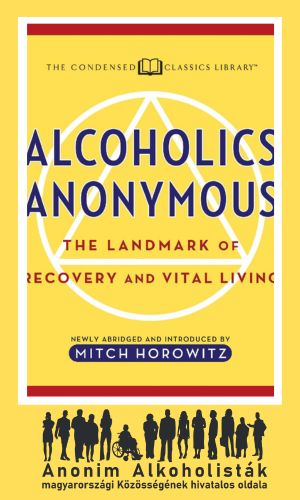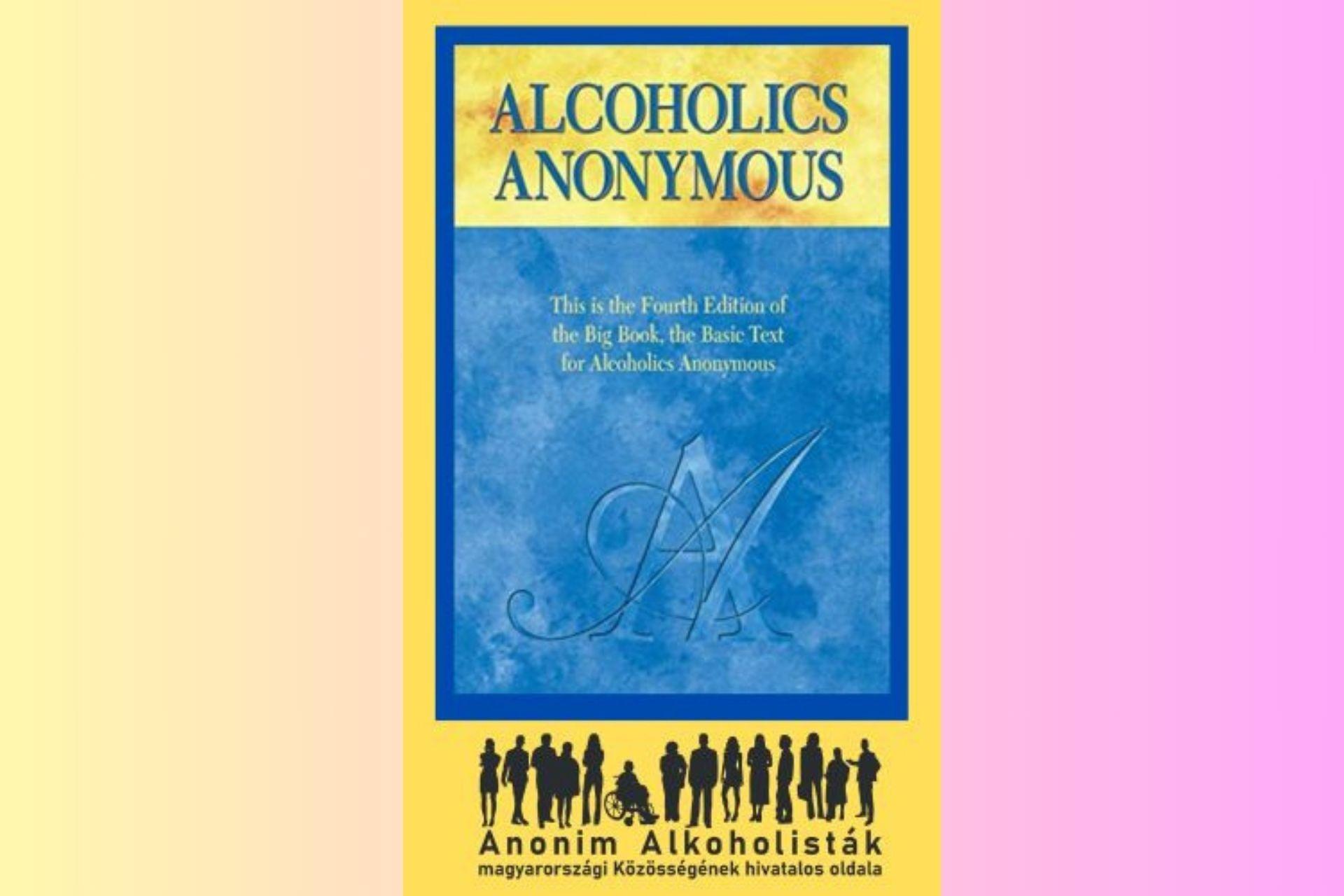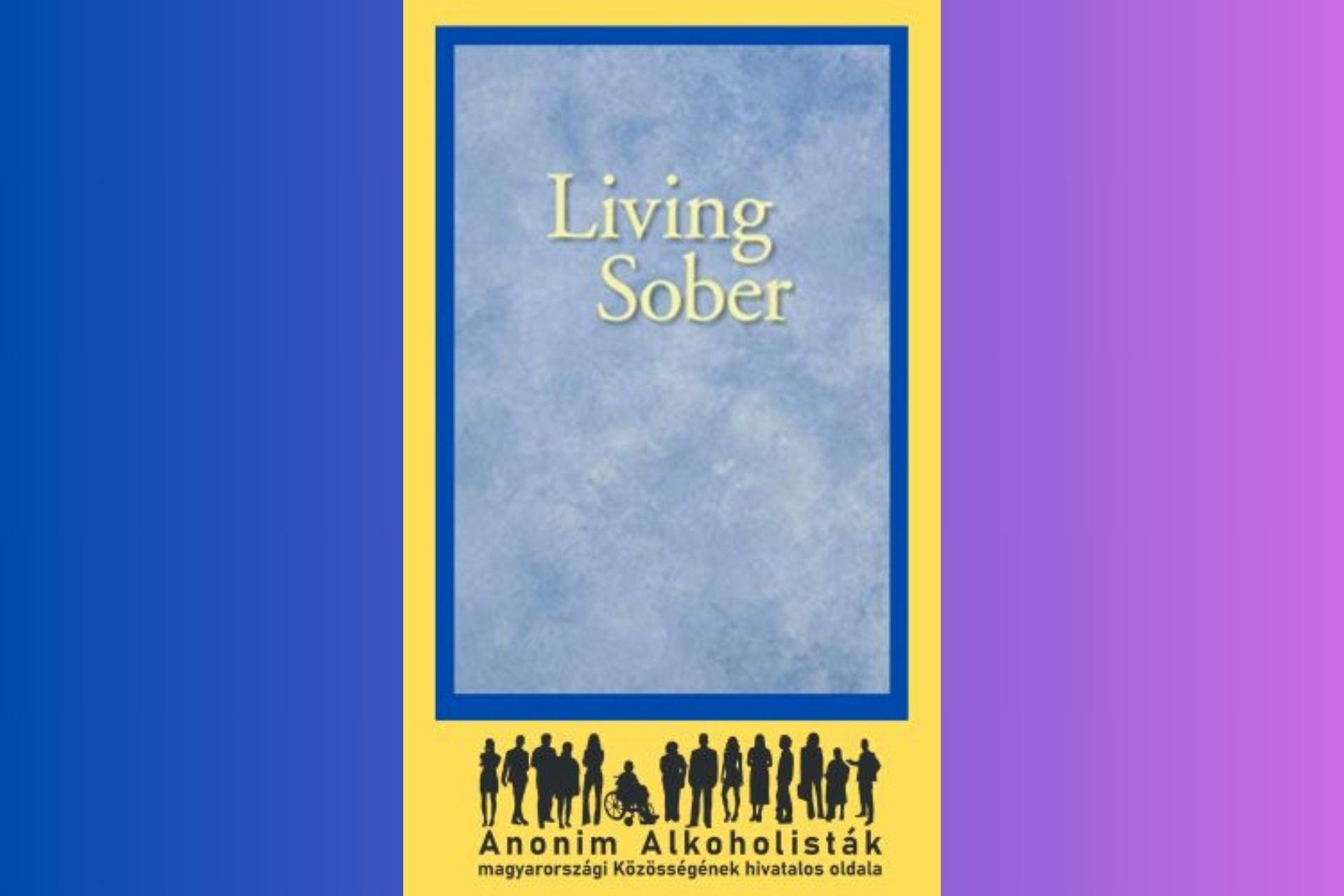



Tartalom:
Nell Wing, az AA társalapítójának, Bill W.-nek 20 éven át segítője és ügyvezető titkára, megosztja velünk emlékeit és benyomásait a közösségben eltöltött 42 évről.
Content:
Aide and executive secretary to AA's co-founder Bill W. for 20 years, Nell Wing shares her memories and impressions of 42 years of involvement with the Fellowship.
Olvasás/Read:
EPUB:
PDF:


Tartalom:
Az önsegítő könyv, amely milliókat vezetett ki a függőségből és vezetett új életre, most Mitch Horowitz PEN-díjas történész által hűen sűrítve és bemutatva olvasható.
1939-es megjelenése óta az Anonim Alkoholisták fénysugarat hozott a világba, számtalan embert mentett meg a függőség őrlő kényszerétől, és inspirálta a tizenkét lépéses mozgalmat világszerte.
Mitch Horowitz történész és újgondolat-író most tömör, mégis teljesen hűséges rövidítést és bevezetést nyújt a Nagy Könyvhöz, amely alkalmas az újonnan érkezőknek, akik először találkoznak a könyv eszméivel, a veteránoknak, akik felfrissítésre vágynak, és mindenkinek, aki kíváncsi a spirituális önmegújítás e klasszikusára.
Az Anonim Alkoholisták zsenialitása abban rejlik, hogy tizenkétlépéses programja alkalmazható az élet bármely függőségére vagy olyan területére, ahol az embert kényszerek nyomorítják meg, legyen szó szerencsejátékról, kábítószerről, adósságköltésről, krónikus túlevésről vagy bármi másról, ami veszélyezteti a jólétet és visszatart a vitalitással teli élettől. A kiút ezeken az oldalakon található.
Content:
The self-help landmark that has led millions from addiction into revitalized lives is now faithfully condensed and introduced by PEN Award-winning historian Mitch Horowitz.
Since its publication in 1939, Alcoholics Anonymous has brought a ray of light into the world, rescuing countless people from the grinding compulsion of addiction, and inspiring the global twelve-step movement.
Now, historian and New Thought writer Mitch Horowitz provides a concise yet wholly faithful abridgement and introduction to the Big Book, suited to newcomers who are first encountering its ideas, veterans looking for a refresher, and anyone curious about this classic of spiritual self-renewal.
The genius of Alcoholics Anonymous is that its twelve-step program can be applied to any addiction or area of life where one is crippled by compulsion, whether gambling, drugs, debt-spending, chronic overeating, or whatever endangers your wellness and deters you from a life of vitality. The way out is in these pages.
Olvasás/Read:
EPUB:
PDF:


Tartalom:
Ez a könyv a Tizenkét Lépést értelmező különböző szerzők rövid beszélgetéseinek sorozatát gyűjti egybe.
Az Anonim Alkoholisták Tizenkét Lépése az alkoholizmusból való felépülés egyik leghatékonyabb programjának sarokkövét képezi. A lépéseket sikeresen adaptálták számos más függőség kezelésére is. Ez a könyv első alkalommal gyűjti egybe a Tizenkét Lépés mindegyikét értelmező rövid beszélgetések sorozatát - az első lépésben bekövetkező, az alkohollal szembeni egyéni tehetetlenség beismerésétől kezdve a negyedik lépés erkölcsi leltárán át a tizenkettedik lépés lelki ébredéséig. Minden egyes beszélgetésnek külön szerzője van, ami az AA lényege, a hangok sokféleségét mutatja, és minden szerző olyan meglátásokkal szolgál, amelyek frissen és értelmesen tartják a lépéseket, akár egyszer, akár százszor olvastuk őket.
Content:
This book brings together a series of short discussions from various authors who interpret the Twelve Steps.
The Twelve Steps of Alcoholics Anonymous form the cornerstone of one of the most effective programs for recovery from alcoholism. The steps have also been successfully adapted for use in the treatment of many other dependencies. This book brings together for the first time a series of short discussions that interpret each of the Twelve Steps--from the admission of individual powerlessness over alcohol that occurs in Step One, to the moral inventory of Step Four and the spiritual awakening of Step Twelve. Each discussion has a separate author, demonstrating the diversity of voices that is at the heart of AA, and each author provides insights that keep the steps fresh and meaningful, whether they've been read once or a hundred times.
Olvasás/Read:
EPUB:
PDF:


Tartalom:
Az Anonim Alkoholisták felfedezésének és programjának lenyűgöző beszámolója, a Not God anekdotákat és részleteket tartalmaz az AA korai alakjainak naplóiból, levelezéséből és alkalmi visszaemlékezéseiből.
Az A.A. valaha megírt legteljesebb története. A Nem Isten anekdotákat és részleteket tartalmaz az Anonim Alkoholisták korai alakjainak naplóiból, levelezéséből és alkalmi visszaemlékezéseiből. Lenyűgöző, pörgős és hiteles beszámoló annak a programnak és közösségnek a felfedezéséről és fejlődéséről, amelyet ma Anonim Alkoholisták néven ismerünk.
Content:
A fascinating, account of the discovery and program of Alcoholics Anonymous, Not God contains anecdotes and excerpts from the diaries, correspondence, and occasional memoirs of AA's early figures.
The most complete history of A.A. ever written. Not God contains anecdotes and excerpts from the diaries, correspondence, and occasional memoirs of A.A.'s early figures. A fascinating, fast-moving, and authoritative account of the discovery and development of the program and fellowship that we know today as Alcoholics Anonymous.
Olvasás/Read:
EPUB:
PDF:
További cikkeink …
4. oldal / 6

















